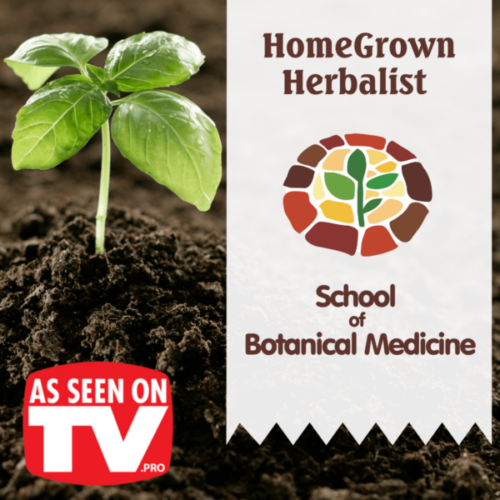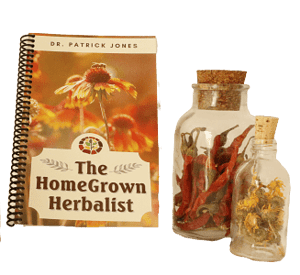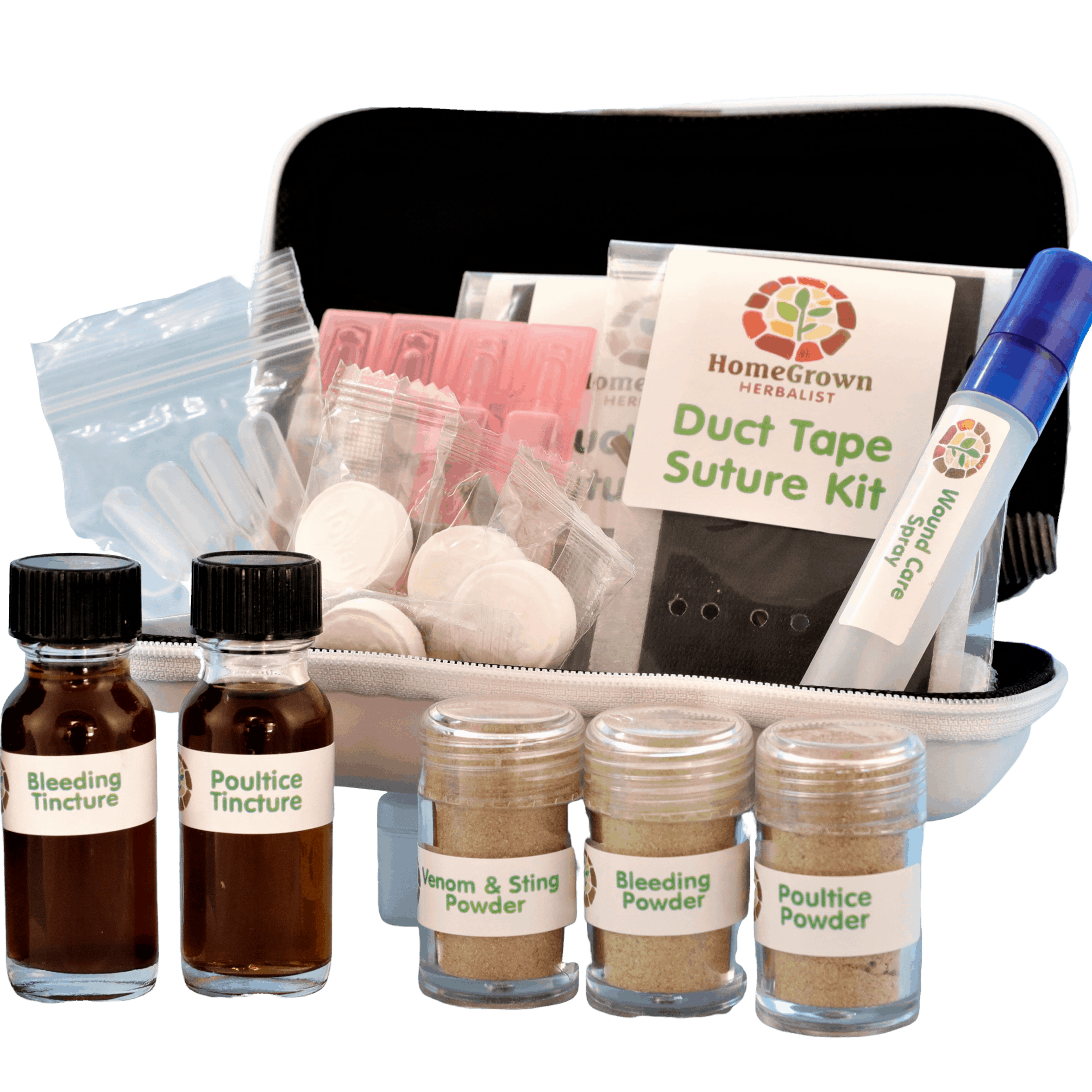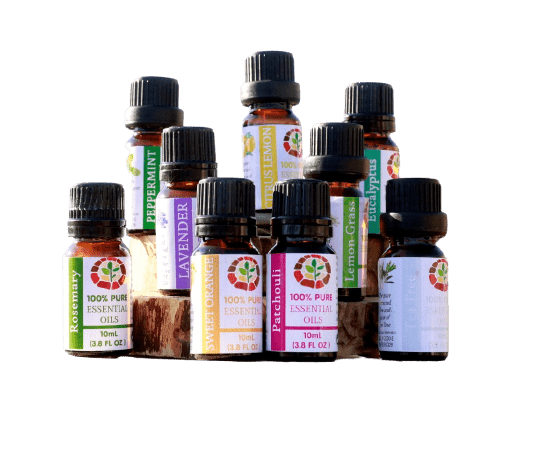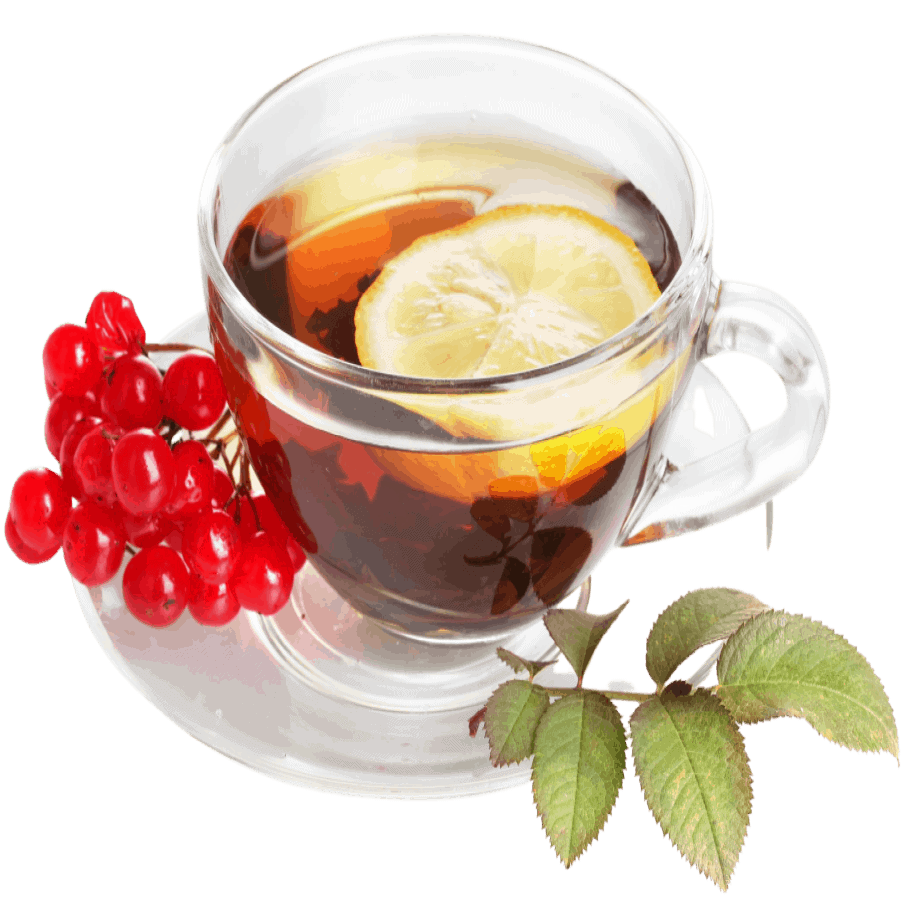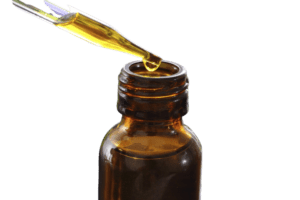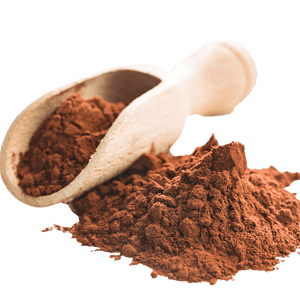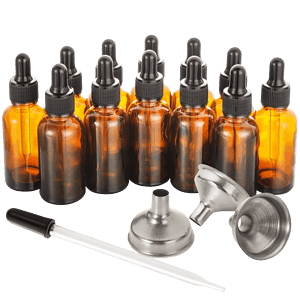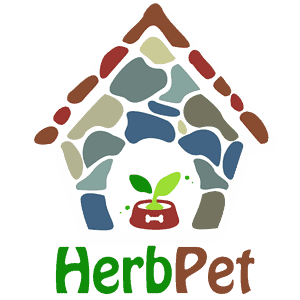Between 1918 and 1920 an estimated 500 million people contracted an influenza virus no one had seen before. Debate as to its origins continue to this day. Some hypothesize that it started in the Far East. Others say the first case was in Kansas or in a US Army camp in France. Pathologists and epidemiologists agree that it probably originated as a flu in a different species that mutated and jumped to humans.
Before it was over, the Spanish Flu (as it came to be called) had killed up to 50 million people worldwide. There was something odd about this flu. With most influenza outbreaks, the very young and very old are the most susceptible but with this pandemic many of the people dying were healthy, young adults. These unfortunates had a liability the little kids and the elderly didn’t have…a robust, healthy immune system. They were, in fact, drowning in their own immune response.
The people dying were experiencing cytokine storms.
Cytokines are special chemical signals produced and used by the immune system to attract and activate disease-fighting cells. White blood cells such as neutrophils, macrophages and T-cells respond to increased cytokine levels by migrating to the site of infection. In response to the cytokines they, in turn, release more cytokines.
If you’ve ever disturbed an ant nest you’ve seen a good analogy. One ant is irritated and starts running around franticly looking for a fight. That ant releases an alarm chemical that cause other ants to run around franticly looking for a fight. Each of these ants also raises the alarm and, before long, the entire colony is in a battle frenzy. This is all well and good when it happens on your sidewalk with a bunch of ants, but when it happens in your lungs, it can cause real trouble.
Scientists aren’t sure what it is that causes these normally controlled cytokine reactions to become so intense. Most believe that it is a response to a particularly virulent or new disease. What we do know is that the stronger and healthier the immune system is, the more severe the storms can be. The young healthy people who experience severe cytokine storms can drown in their own immune response to an invading influenza virus. This was one of the principle causes of death in the Spanish flu pandemic.
So, why is all of this important to herbalists? Because taking herbs during a cytokine storm can make it much better…or very much worse.
Some of our favorite herbs for respiratory infections such as Echinacea and Elder use cytokine stimulation as one of their tools to enhance immune response and fight infections. This is all well and good for most cases of respiratory illness but sometimes it’s not.
Fortunately, there are also some herbs that decrease cytokine activity. Grape leaf, garlic and turmeric are a few of my favorites. These cytokine inhibitors can also be used to good effect with other inflammatory issues like arthritis.
Years ago my good wife was fighting a flu bug. I had her on a formula of Echinacea, Elder and yarrow and it seemed to be helping some. On about the third day, she got up and went to the fridge for another glass of the tea she’d been using. Almost immediately, she started to feel worse. She said that her lungs felt like they were filling with fluid. The herbs that had been helping her for the past few days by increasing cytokines were now becoming too much of a good thing. I popped out to the the herb building and grabbed a bottle of grape leaf tincture and gave her a dose. She improved immediately.
So what do we learn from this case? That we shouldn’t give Echinacea, yarrow or elder to sick people? Nope. Nothing of the sort. But we do learn that in a few respiratory cases we need to be prepared to change gears if we’re using those herbs and experience what I described above with my wife.
It’s a good idea to have those herbs on hand. We have a formula called Respiratory-Cytokine Balance that coincidentally has those herbs as ingredients. It’s part of our Respiratory Preparedness Kit.
Flu season is coming. Might be a good idea to have some things on hand.



